Reproduced from this code:
library(haven)
library(survey)
library(dplyr)
nhanesDemo <- read_xpt(url("https://wwwn.cdc.gov/Nchs/Nhanes/2015-2016/DEMO_I.XPT"))
# Rename variables into something more readable
nhanesDemo$fpl <- nhanesDemo$INDFMPIR
nhanesDemo$age <- nhanesDemo$RIDAGEYR
nhanesDemo$gender <- nhanesDemo$RIAGENDR
nhanesDemo$persWeight <- nhanesDemo$WTINT2YR
nhanesDemo$psu <- nhanesDemo$SDMVPSU
nhanesDemo$strata <- nhanesDemo$SDMVSTRA
nhanesAnalysis <- nhanesDemo %>%
mutate(LowIncome = case_when(
INDFMIN2 < 40 ~ T,
T ~ F
)) %>%
# Select the necessary columns
select(INDFMIN2, LowIncome, persWeight, psu, strata)
# Set up the design
nhanesDesign <- svydesign(id = ~psu,
strata = ~strata,
weights = ~persWeight,
nest = TRUE,
data = nhanesAnalysis)
svyhist(~log10(INDFMIN2), design=nhanesDesign, main = '')
How do I color the histogram by independent variable, say, LowIncome? I want to have two separate histograms, one for each value of LowIncome. Unfortunately I picked a bad example, but I want them to be see-through in case their values overlap.




